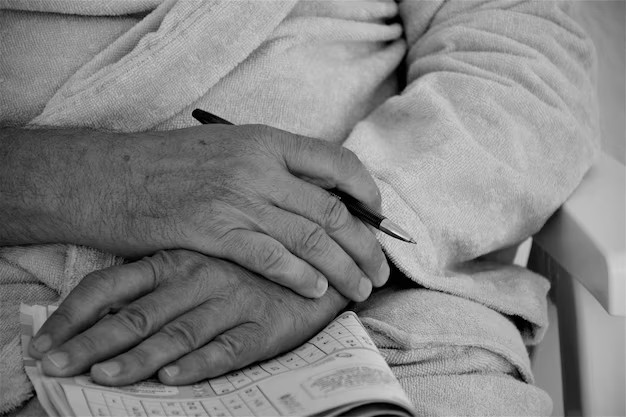Navigating Parkinson's Disease: Effective Treatments and Support Options
Dealing with Parkinson's disease can feel overwhelming, but understanding the range of treatment options available can empower both patients and their caregivers in managing this chronic condition. With its hallmark symptoms of tremors, stiffness, and balance issues, finding the right approach to treatment can make a significant difference in the quality of life for those affected. Whether you're exploring traditional medical treatments or holistic lifestyle adjustments, there are numerous paths to consider.
Medical Treatments
Medication is often the first line of defense in managing Parkinson's disease. Drugs such as Levodopa combined with Carbidopa are commonly prescribed to help replenish the brain's decreasing levels of dopamine, which can alleviate symptoms. Other medications may include Dopamine Agonists, which mimic dopamine effects in the brain, and MAO-B Inhibitors, which prevent the breakdown of brain dopamine.
In some cases, surgical interventions like Deep Brain Stimulation (DBS) may be recommended. This procedure involves implanting electrodes in specific areas of the brain to send electrical pulses that help control motor symptoms.
Lifestyle and Holistic Approaches
In addition to medication and surgery, physical therapy and exercise are crucial components of treating Parkinson’s disease. Regular physical activity, tailored to each individual's capabilities, can improve mobility, balance, and flexibility.
Dietary adjustments also play a role. A balanced diet rich in fruits, vegetables, lean proteins, and whole grains supports overall health and may assist in symptom management. Some research suggests that a Mediterranean diet, which is high in omega-3 fatty acids, may be particularly beneficial.
Mind-body therapies like yoga, tai chi, and meditation have gained popularity for their benefits in reducing stress and improving motor skills. These therapies offer both physical and psychological benefits, promoting a sense of well-being.
Support for Patients and Caregivers
Caring for a person with Parkinson’s disease requires a strong support network. Support groups provide an essential platform for sharing experiences and strategies. Both online and in-person groups offer opportunities for social interaction and emotional support.
Financial assistance is another key consideration. Medical expenses can be substantial, and understanding government programs such as Medicare or Medicaid can provide critical financial relief. Additionally, there are nonprofit organizations that offer assistance specifically for those with Parkinson’s.
Planning Ahead with Financial and Educational Tools
Navigating the journey with Parkinson’s disease involves strategic planning, particularly in terms of financial resources. There are a variety of tools available to help manage expenses:
🏥 Government Aid Programs: Explore options like Medicare, Medicaid, and potentially Social Security Disability Insurance for relief with healthcare costs.
🏦 Credit Solutions: Consider talking to financial advisors about managing any existing debt, possibly through credit counseling or consolidation programs.
🏫 Educational Grants: For caregivers looking to further their education, research available scholarships or grants targeted towards those impacted by medical caregiving responsibilities.
By leveraging these resources, patients and caregivers can attain greater peace of mind, allowing them to focus more on health and less on financial burdens.
Financial Assistance and Support Resources
- 🏥 Medicare & Medicaid: Essential for covering a wide range of healthcare costs.
- 🏠 Social Security Disability Insurance (SSDI): Offers financial support for those who qualify and have Parkinson’s.
- 🌟 Parkinson’s Foundation HelpLine: Provides information and guidance on navigating the disease and available assistance.
- 🏦 Credit Counseling Services: For debt management strategies to help alleviate financial stress.
- 🎓 Caregiver Scholarships and Grants: Available to support educational advancement while managing caregiving responsibilities.
Facing Parkinson's disease requires a multifaceted approach encompassing medical treatment, supportive therapies, and robust financial planning. With the right resources and support, those affected can lead full and meaningful lives.

Related Topics
- Are There Environmental Causes Of Parkinsons
- Can Alcohol Cause Parkinson's
- Can Concussions Cause Parkinson's
- Can Concussions Cause Parkinson's Disease
- Can Dogs Get Parkinson's Disease
- Can Dogs Get Parkinsons
- Can Dogs Have Parkinson's
- Can Dogs Have Parkinson's Disease
- Can Females Get Parkinson Disease
- Can Head Trauma Cause Parkinson's